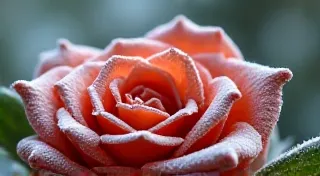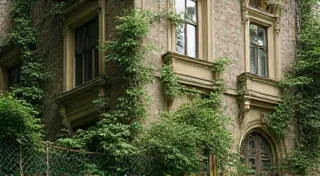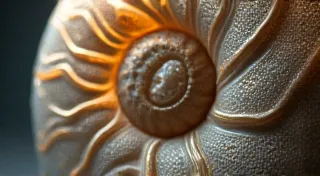Needle’s Requiem: The Gradual Disappearance of Traditional Crafting Practices
There’s a quiet sadness that settles upon me when I hold a set of antique knitting needles. It’s not the sadness of loss, precisely, but a poignant awareness of something fading – a connection to a world where craftsmanship wasn’t measured in mass production, but in the slow, deliberate devotion of hands and heart. These aren't just tools; they are silent witnesses to generations of women (and men, though their stories are less often told) creating warmth, comfort, and beauty from humble strands of wool.
My grandmother, Elsie, gifted me a small collection shortly before she passed. They were tucked away in a velvet-lined box, seemingly forgotten, yet radiating a subtle resonance. She rarely spoke of her own knitting, dismissing it as "just something a woman did," but I remember the rhythmic click of needles echoing through her cozy kitchen, a soundtrack to countless evenings filled with quiet contentment. Now, those needles are more than just an inheritance; they are a tangible link to her memory, and to a cultural heritage that’s slowly unraveling. The weight and feel of them speak volumes about the dedication woven into each stitch, offering a glimpse into the stories held within materials – a fascinating exploration as detailed in Needlepoint of Time: How Material Tells a Narrative.
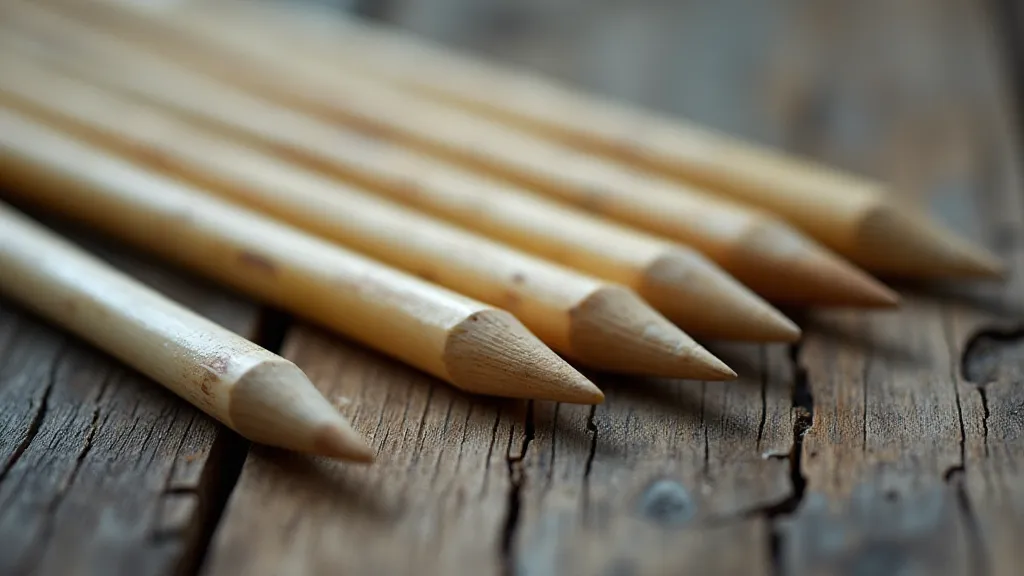
The Historical Context: From Necessity to Art
For centuries, knitting wasn't a hobby; it was a necessity. Before the advent of affordable, ready-made clothing, knitted garments were a vital source of warmth and livelihood, particularly for women and children. The earliest evidence of knitting dates back to the 11th century in Egypt, though the craft likely evolved gradually from earlier techniques like naalbinding. By the 16th century, knitting had spread throughout Europe, becoming an integral part of the textile industry and a common household skill. The patterns were simple – stockings, mittens, shawls – but the skill required patience, precision, and a keen eye for detail. Each stitch was a testament to the knitter's dedication, a mark of their ability to transform raw materials into something useful and beautiful.
The industrial revolution, of course, dramatically altered the landscape. The rise of mechanized knitting machines in the 18th and 19th centuries revolutionized the clothing industry, making mass-produced garments readily available and affordable. While knitting didn’t disappear, its role shifted. It transitioned from a vital craft to a leisure activity, often associated with nostalgia and a yearning for simpler times. The shifts in tools and techniques throughout history have significantly influenced the craft, as further examined in The Weaver's Compass: How Needles Guided the Craft’s Evolution.
The Materials of Memory: A Look at Antique Knitting Needles
Antique knitting needles weren't churned out of factories; they were carefully crafted by hand, often by specialized toolmakers. The materials used reflect the ingenuity and resourcefulness of the era. Bone, ivory (often from walrus or elephant tusks – a practice that now evokes ethical concerns, and explains why many antique sets are relatively inexpensive), horn, and wood were common choices. Metal needles, particularly steel, became more prevalent in the 19th century, offering greater durability and allowing for finer gauge knitting. The aesthetics of these older tools are captivating, and the materials themselves tell a unique story of artistry and resourcefulness.
The construction itself is fascinating. Many earlier needles were “joined” – two separate pieces joined by a screw or rivet, a testament to the challenges of working with raw materials. These intricate details reveal a level of craftsmanship rarely seen in modern manufacturing. The unique beauty found in using natural materials, and the challenges inherent in working with them, contribute significantly to the historical significance of these tools.
The tips of the needles are particularly revealing. They are often tapered to a fine point, perfectly designed to glide through the yarn with minimal friction. Look for signs of wear – flattened tips, subtle chips – these are marks of a life well-lived, evidence of countless hours spent creating. The patina on older needles, the gentle discoloration caused by age and handling, adds a layer of history, a visual echo of the hands that once held them. Understanding the story these tools hold goes beyond just appreciating their appearance; it involves recognizing the narrative imprinted in their very substance.

The Art of Collecting & The Echo of Restoration
Collecting antique knitting needles isn't about accumulating objects; it’s about preserving stories. Each needle holds a fragment of the past, a tangible connection to the women and men who shaped our textile heritage. While pristine, untouched sets are valuable, the true beauty lies in the imperfections – the wear marks, the subtle cracks, the faded patina. These are not flaws; they are character marks, visual narratives of a life dedicated to craft. Each imperfection tells a silent story of creation and enduring use, linking the present to the hands that shaped the past.
Restoring antique knitting needles is a delicate process. The goal isn't to make them look new, but to stabilize them, to prevent further deterioration, and to respect their age and history. A gentle cleaning with a soft cloth and a mild soap is often sufficient. Avoid harsh chemicals or abrasive cleaners, which can damage the material. For bone and ivory needles, careful handling is crucial – these materials are porous and can easily be scratched or chipped. The story each set tells relies on maintaining the authenticity and integrity of its original form.
The Fading Craft & A Renewed Appreciation
Today, knitting has experienced a resurgence in popularity, fueled by a desire for handmade goods, a rejection of fast fashion, and a renewed appreciation for traditional skills. But something is lost in the ease of modern materials and mass-produced patterns. The deliberate slowness, the quiet concentration, the deep connection to the materials – these are qualities that are often overlooked in our fast-paced world. The evolution of these techniques, and the enduring beauty of the crafted product, highlight the vital role of the artisan in preserving cultural heritage.
Holding my grandmother's needles, I feel a profound sense of responsibility – to preserve these artifacts, to share their stories, and to keep the flame of traditional crafting practices alive. Perhaps, by acknowledging the beauty and value of these seemingly simple tools, we can inspire a new generation to rediscover the joy of creating something beautiful and lasting with their own hands. The subtle nuances of design and construction reflect the broader social and cultural landscape of their time. The enduring allure of these objects inspires a deeper understanding of the values and traditions they represent.
The quiet clicking of needles might fade in and out of our modern world, but its echoes hold the warmth of a heritage worth preserving. The legacy of Elsie, and countless others like her, lives on in the gentle curve of these aged needles – a tangible link to a world where craftsmanship wasn’t just a skill, but an art form, a connection to the past, and a promise for the future.
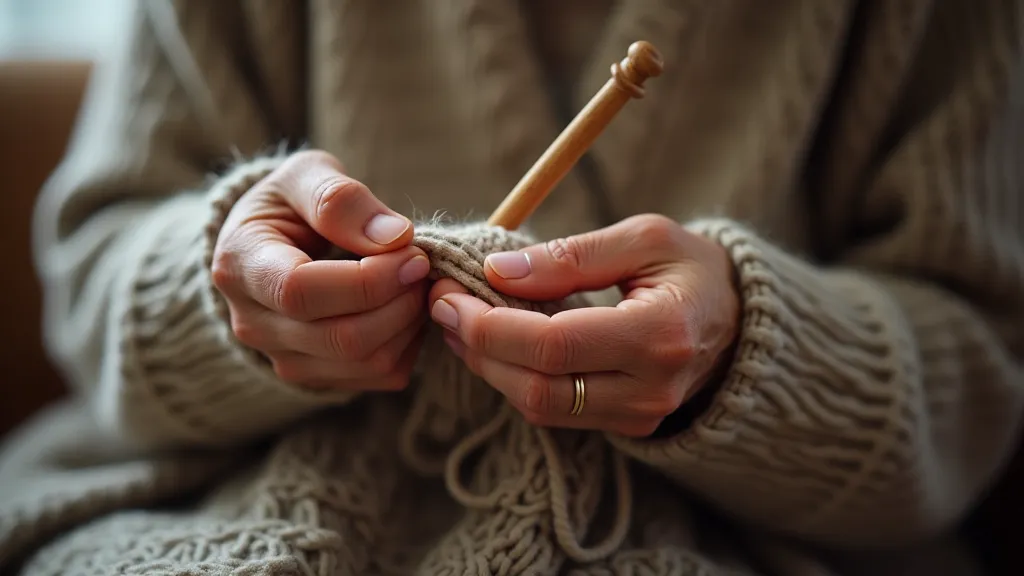
Beyond the practical function of these tools lies a rich tapestry of symbolism and meaning. They represent not only a craft but also a connection to family, community, and tradition. Their lasting appeal speaks to the enduring human desire to create, to connect, and to leave a mark on the world.
The tactile experience of holding these antique needles is deeply evocative, transporting us back to a time when craftsmanship was cherished and passed down through generations. They serve as a potent reminder of the enduring power of human creativity and the importance of preserving our cultural heritage. The individual stories embedded within each set are a testament to the richness and complexity of human experience.
The resurgence of interest in traditional crafts offers a valuable opportunity to reconnect with our past and to cultivate a deeper appreciation for the skills and artistry of those who came before us. By embracing these traditional practices, we not only preserve our cultural heritage but also enrich our lives and foster a sense of belonging. The intricate details of these objects offer a glimpse into the lives and experiences of those who created and used them, providing a unique window into the past.
The ongoing effort to collect, restore, and share the stories of antique knitting needles is a testament to our collective desire to keep the flame of traditional crafting practices alive. These seemingly simple tools represent a vital link to our cultural heritage and offer a powerful reminder of the enduring value of human creativity and craftsmanship. The subtle nuances of their design and construction offer a glimpse into the broader social and cultural landscape of their time, enriching our understanding of the past and inspiring us to embrace the beauty and value of handmade goods.

